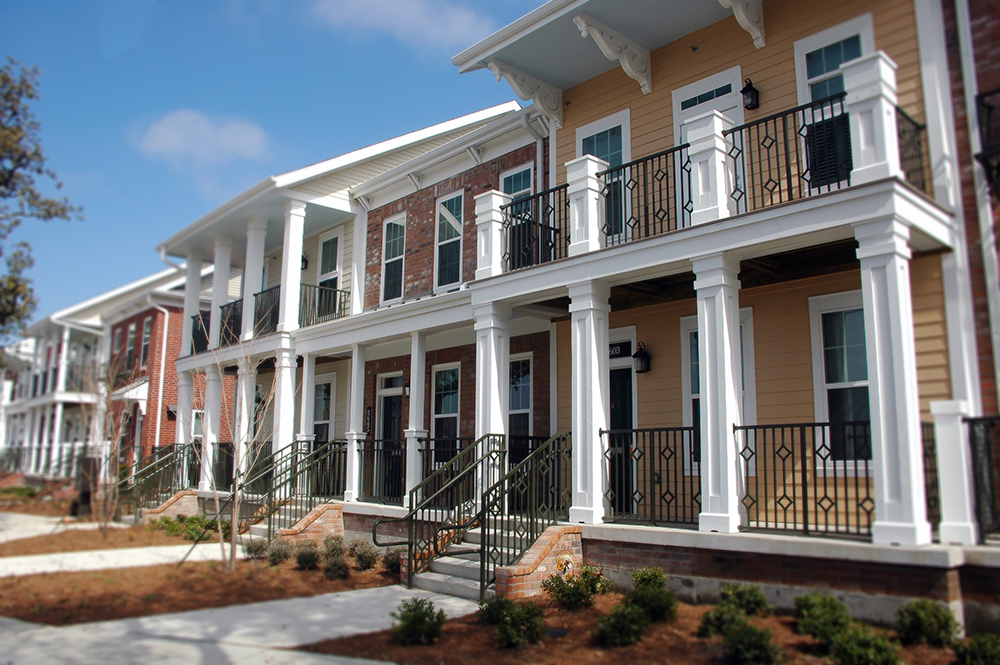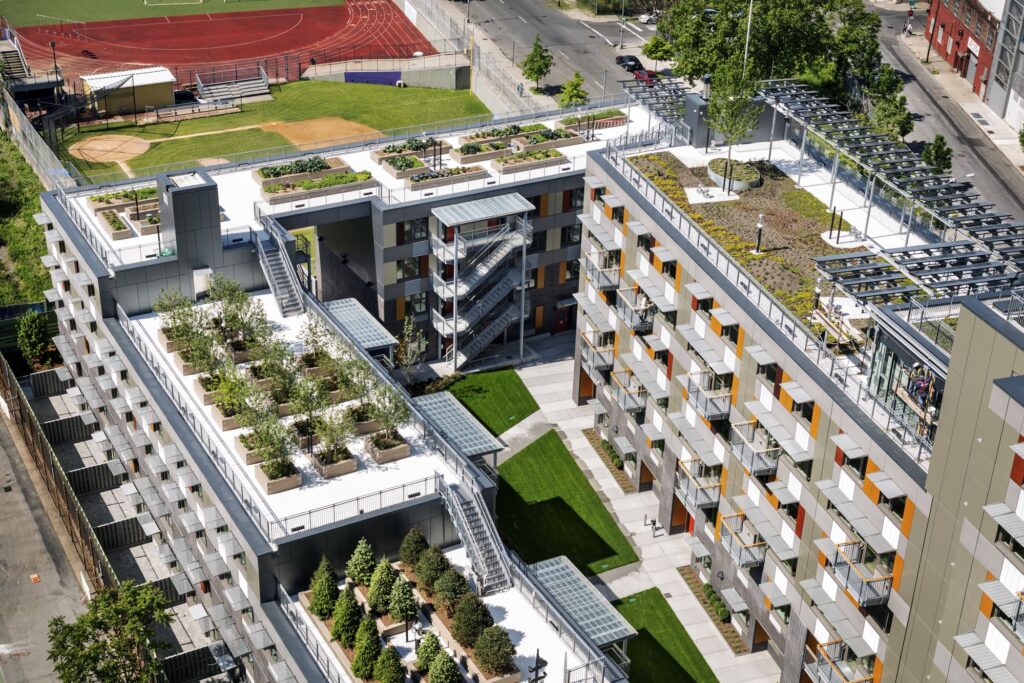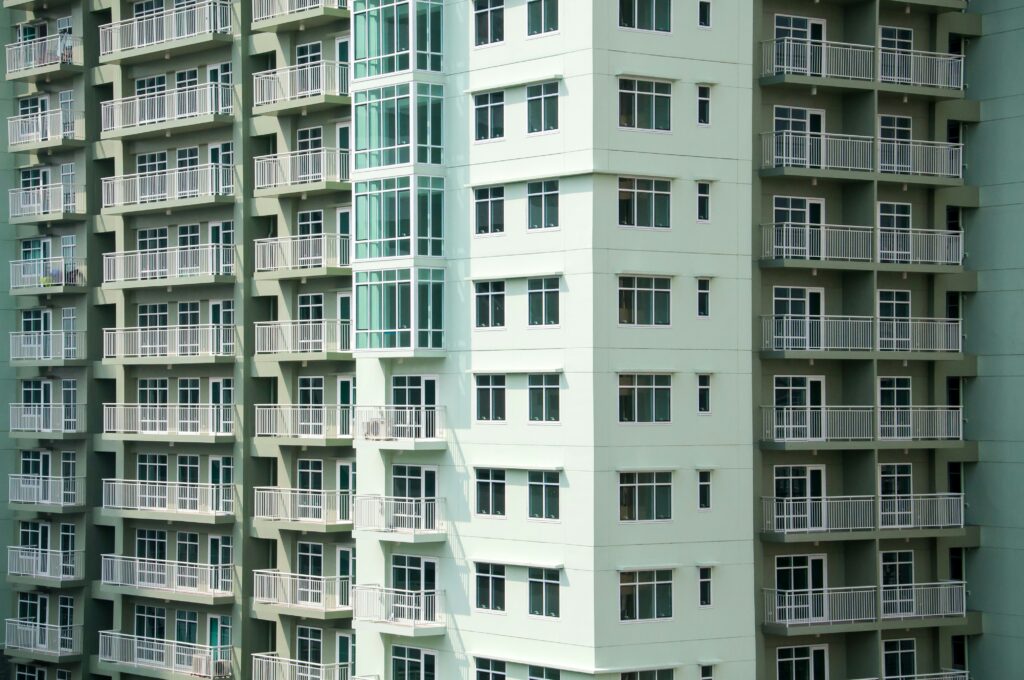Affordable housing remains a pressing challenge for many cities worldwide. As urban areas continue to grow, the demand for affordable living spaces increases, leading to innovative approaches such as mixed-income developments. These projects integrate housing units for low, moderate, and higher-income residents within a single community. Mixed-income developments offer a path toward sustainable urban growth, fostering inclusive communities while providing a viable solution for housing shortages.
The Concept of Mixed-Income Developments

Understanding Mixed-Income Housing
Mixed-income housing developments are designed to include residents from various income levels, offering a mix of affordable and market-rate units within the same property or neighborhood. This model aims to break down economic barriers, reduce segregation, and create vibrant, diverse communities. By ensuring that affordable units are indistinguishable from market-rate ones, mixed-income developments can promote social equity and economic mobility.
Benefits of Mixed-Income Developments
Mixed-income developments offer numerous benefits, both to residents and the broader community. For residents, these developments provide access to better amenities, schools, and job opportunities often found in higher-income areas. For communities, mixed-income projects can lead to more stable neighborhoods, reduced crime rates, and increased property values. Additionally, these developments attract diverse groups of people, contributing to a richer cultural and social environment.
Financing Mixed-Income Developments
Public-Private Partnerships
Financing mixed-income developments typically involves collaboration between public and private sectors. Public-private partnerships (PPPs) are essential for leveraging resources and expertise to bring these projects to life. Governments may offer tax incentives, subsidies, or grants to developers who include affordable units in their projects. Private developers, in turn, contribute capital and experience in property development, ensuring the project’s financial viability.
Tax Credits and Incentives
One of the most common financial tools used in mixed-income housing is the Low-Income Housing Tax Credit (LIHTC). This federal program encourages developers to build affordable housing by providing them with tax credits that can be sold to investors. These funds help offset the costs of construction and make it financially feasible to include affordable units alongside market-rate ones. Additionally, some states and municipalities offer their own incentives to further support mixed-income projects.
Innovative Financing Models
Beyond traditional methods, innovative financing models are emerging to support mixed-income developments. Social impact bonds and green bonds are increasingly being used to fund projects that deliver both financial returns and social benefits. These financing tools align the interests of investors with the goals of community development, making it possible to fund projects that might otherwise struggle to secure capital.
Design and Planning Considerations
Balancing Diverse Needs
The success of mixed-income developments hinges on thoughtful design and planning. Developers must consider the needs of residents across different income levels, ensuring that all units are of comparable quality and access to amenities is equitable. This includes designing common areas, such as playgrounds and community centers, that encourage interaction among residents from diverse backgrounds.
Incorporating Sustainable Practices
Sustainability is a critical component of modern mixed-income developments. By incorporating green building practices, developers can reduce the environmental impact of these projects while lowering utility costs for residents. Energy-efficient appliances, solar panels, and water conservation measures are just a few examples of sustainable practices that can be integrated into these developments.
Creating Inclusive Communities
To foster a sense of community, mixed-income developments should be designed with inclusivity in mind. This involves creating spaces that promote social interaction and engagement among residents. For instance, community gardens, shared recreational facilities, and neighborhood events can help build connections among residents of different income levels. Inclusivity also means ensuring that residents have a voice in how their community is managed, which can be achieved through resident councils or other forms of participatory governance.
Challenges and Solutions in Mixed-Income Developments
Addressing NIMBYism
One of the primary challenges in developing mixed-income housing is overcoming local opposition, often referred to as “Not In My Backyard” (NIMBY) syndrome. Residents may fear that affordable housing will lead to increased crime or lower property values. To address these concerns, developers and local governments must engage with the community early in the planning process, providing transparent information about the benefits of mixed-income developments and addressing potential concerns directly.
Ensuring Long-Term Affordability
Another challenge is maintaining the affordability of units over time. Many affordable housing programs have expiration dates, after which units may revert to market rates. To ensure long-term affordability, developers can explore options such as deed restrictions, land trusts, or renewing subsidies. This ensures that the benefits of mixed-income housing extend to future generations.
Balancing Market Dynamics
Developers must also navigate the complexities of market dynamics when planning mixed-income developments. Market conditions can fluctuate, affecting the profitability of these projects. To mitigate risks, developers should conduct thorough market research, consider phased development approaches, and build flexibility into their project plans. Additionally, having a diverse mix of unit types and price points can help attract a broad range of potential residents, reducing the impact of market volatility.
Case Studies in Mixed-Income Developments
Columbia Parc at the Bayou District, New Orleans
Columbia Parc is a mixed-income development that replaced the former St. Bernard public housing project in New Orleans. The development includes a mix of public housing, affordable, and market-rate units, with amenities such as a community center, fitness facilities, and green spaces. Columbia Parc is often cited as a model for successful mixed-income housing, demonstrating how such projects can revitalize communities and improve residents’ quality of life.

Via Verde, Bronx, New York
Via Verde is another exemplary mixed-income development, located in the South Bronx. The project includes a combination of affordable rental units and market-rate condos, along with features such as rooftop gardens, solar panels, and a fitness center. Via Verde has been praised for its sustainable design and its ability to provide high-quality housing in an area with significant economic challenges.

Mixed-income developments represent a promising approach to addressing the affordable housing crisis. By integrating affordable and market-rate housing within the same communities, these projects create opportunities for social integration, economic diversity, and sustainable growth. While challenges such as financing, design, and community opposition exist, successful case studies demonstrate that these obstacles can be overcome. As cities continue to grapple with housing shortages, mixed-income developments will play an increasingly important role in creating inclusive, vibrant communities.



